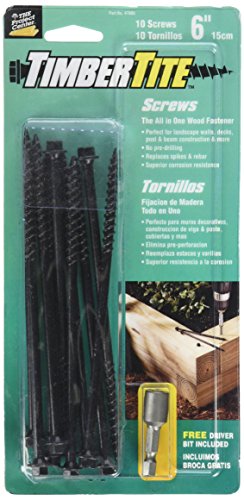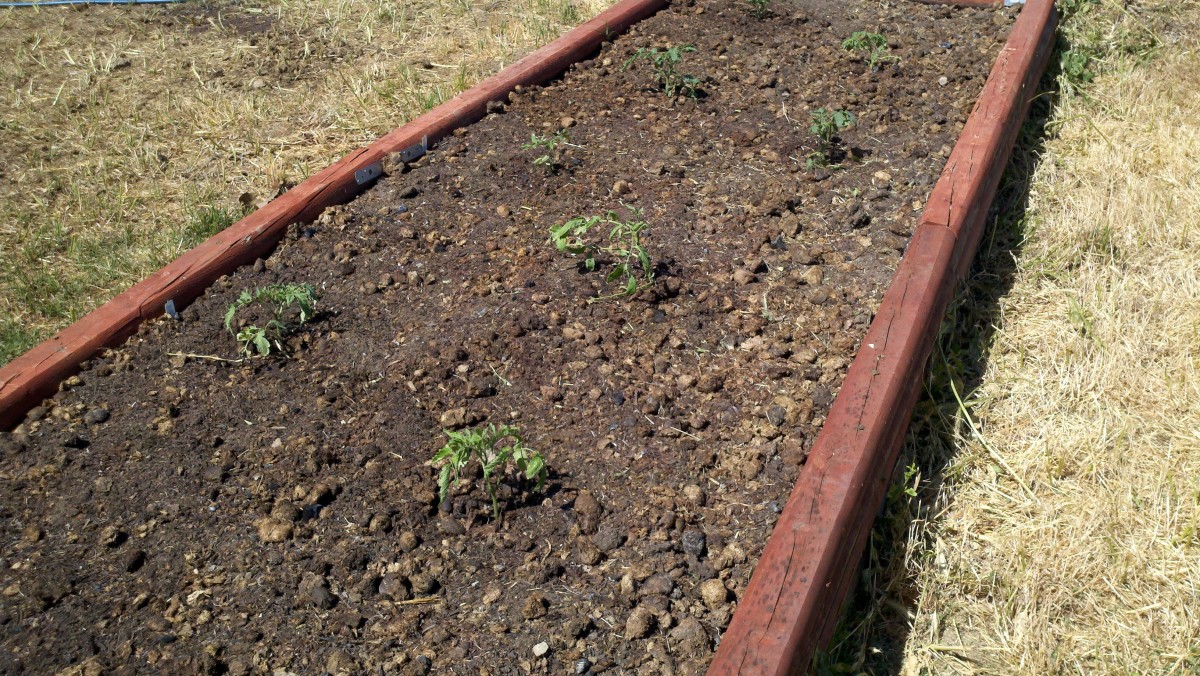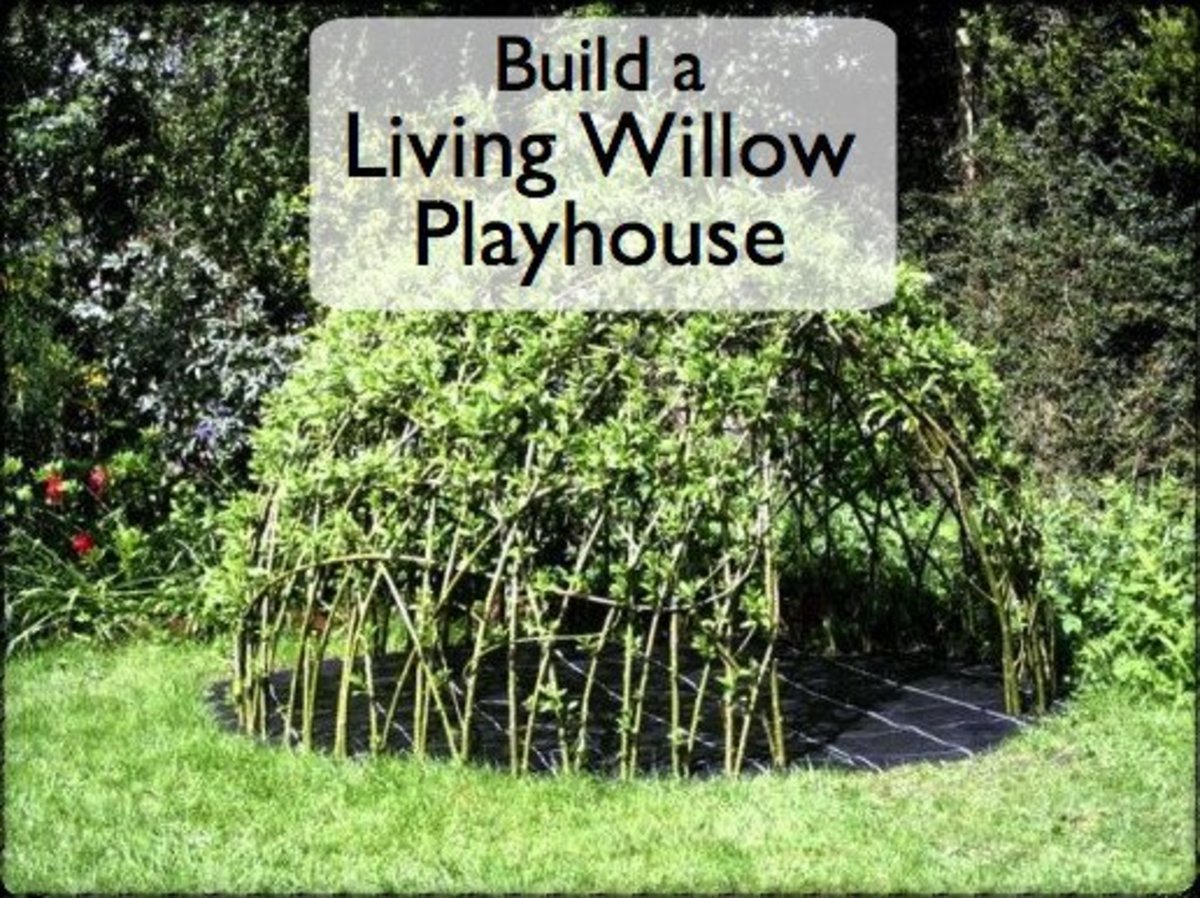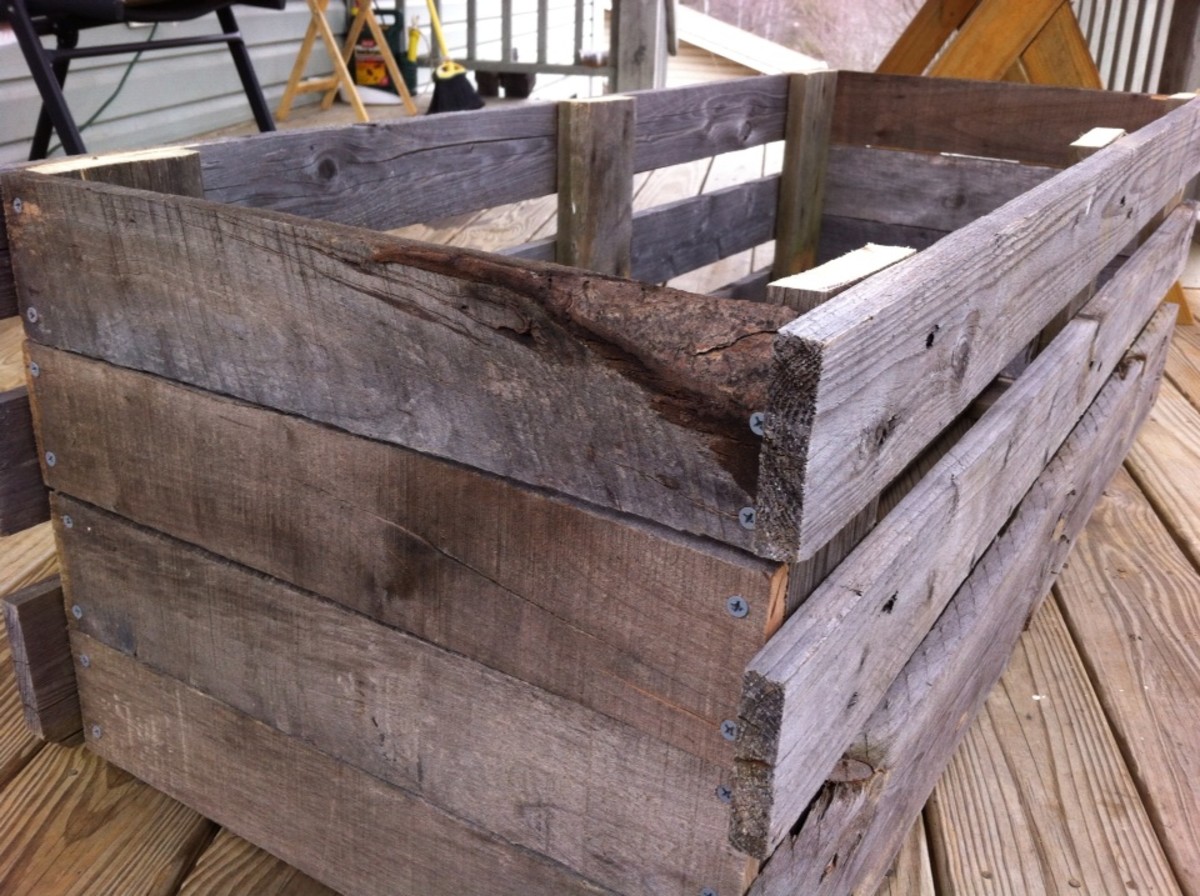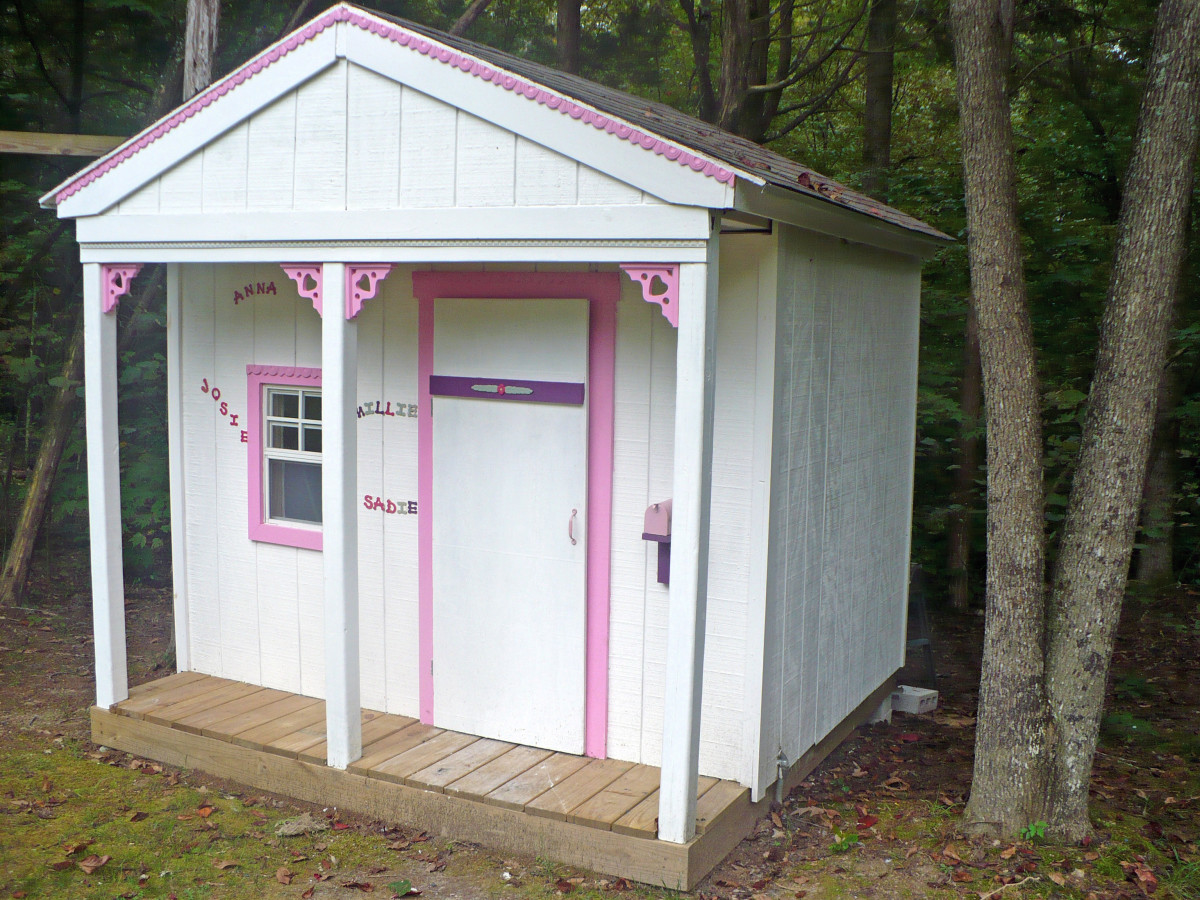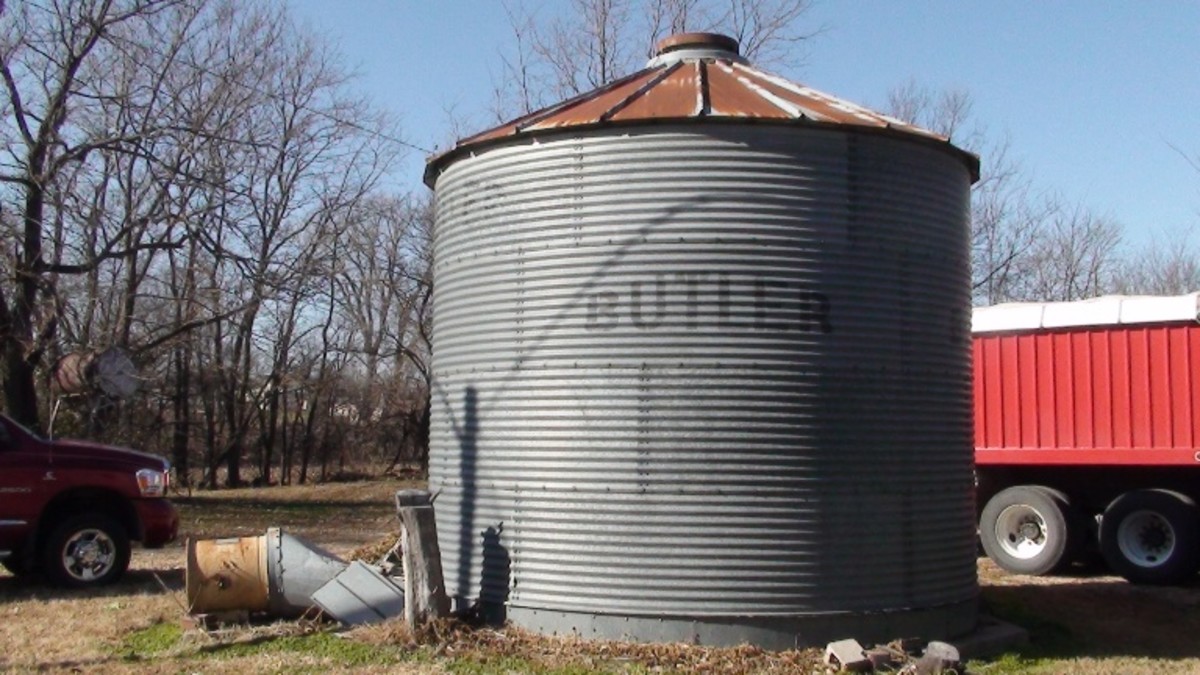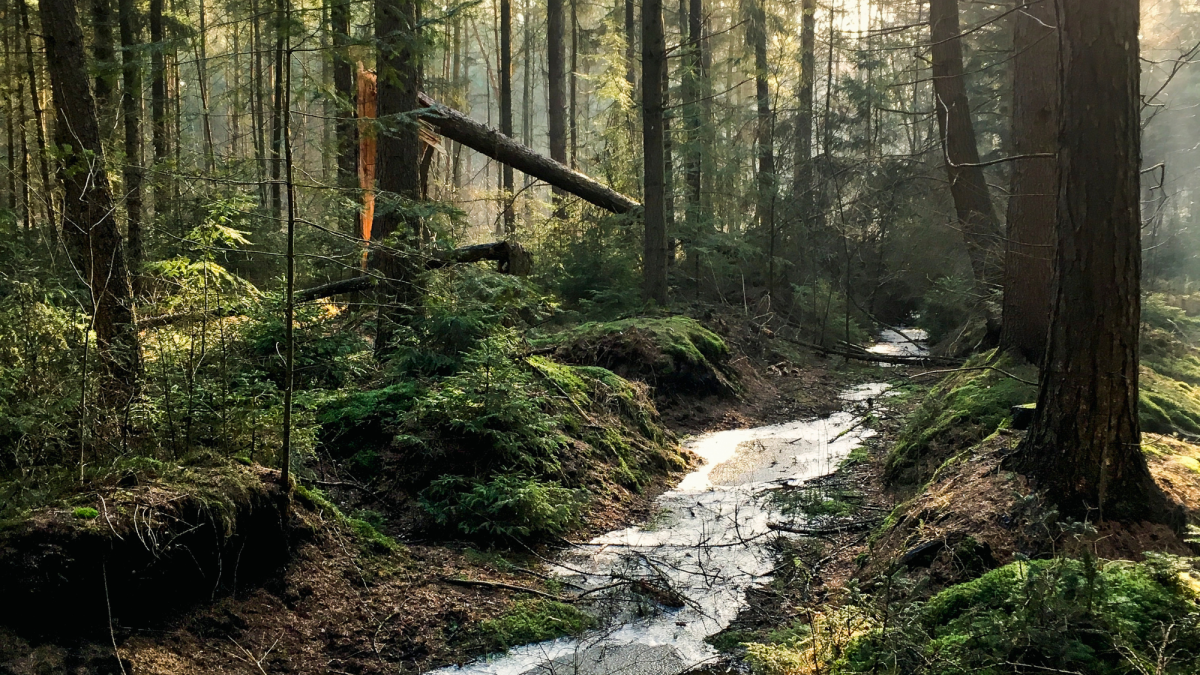Building a Log Playhouse
Step by Step Construction
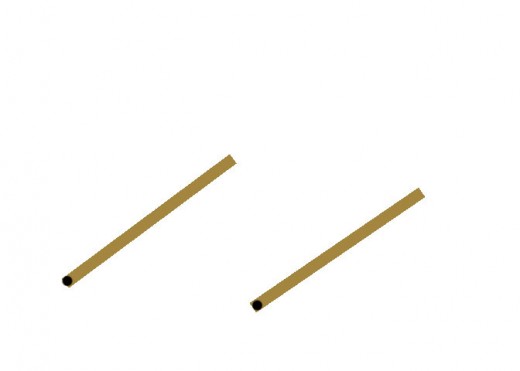
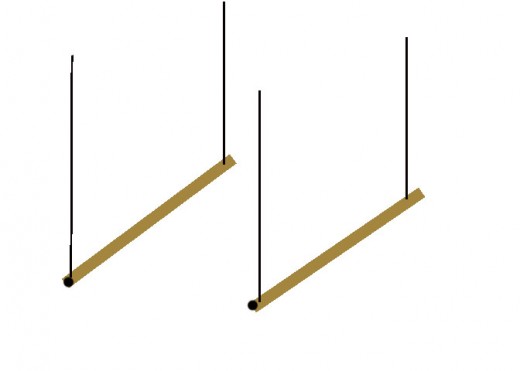
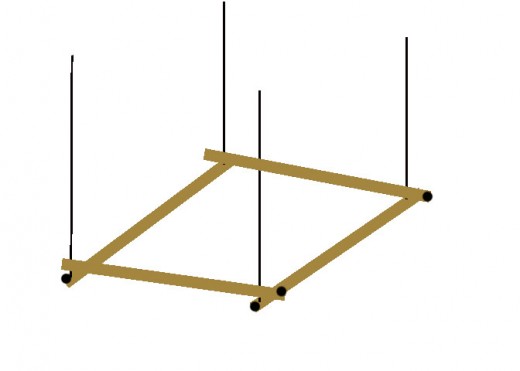
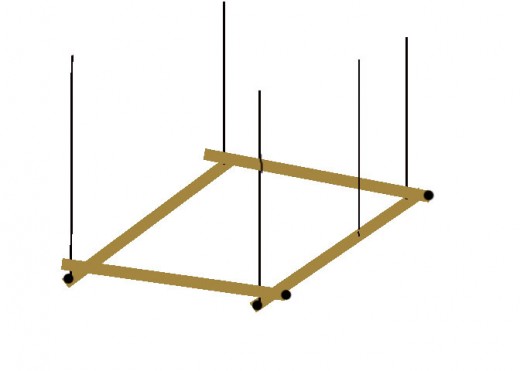
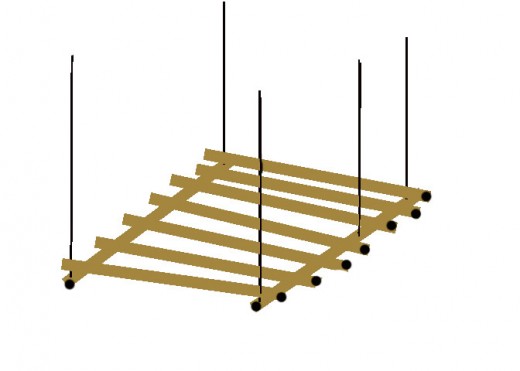
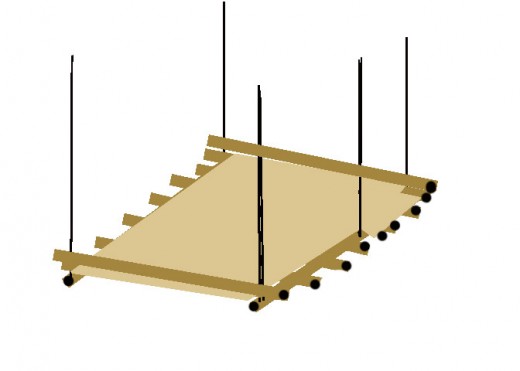
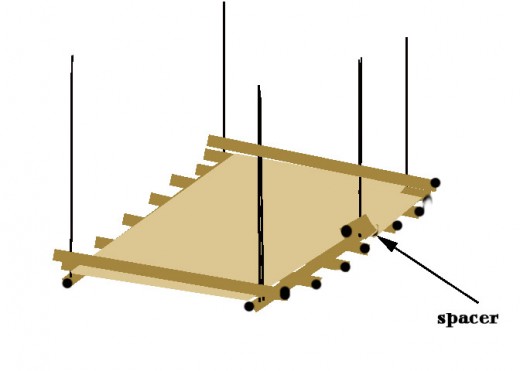
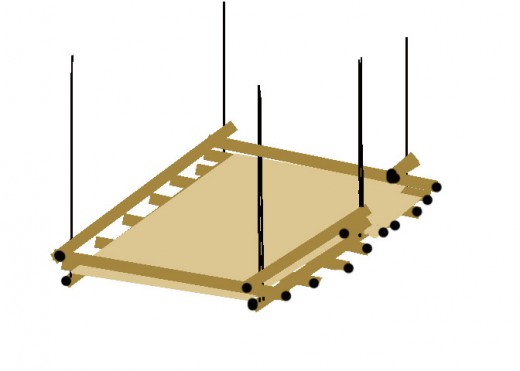
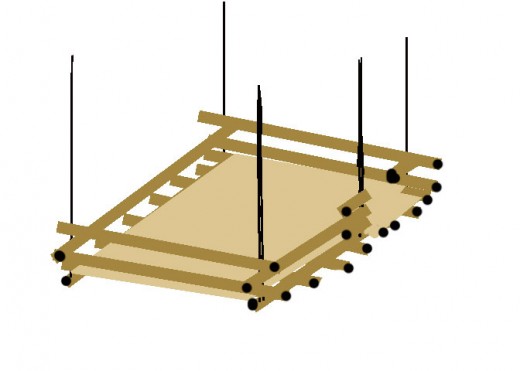
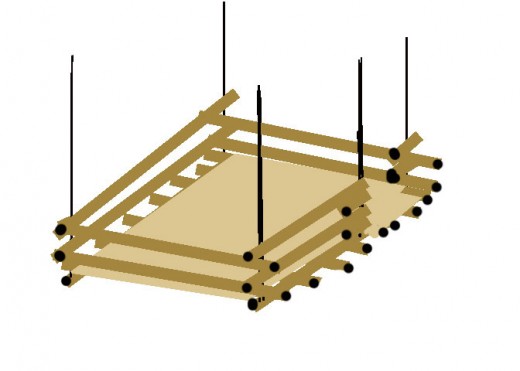
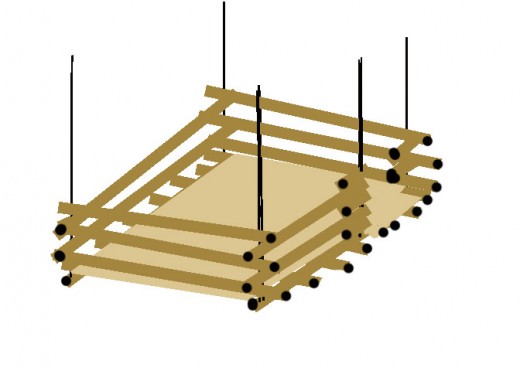
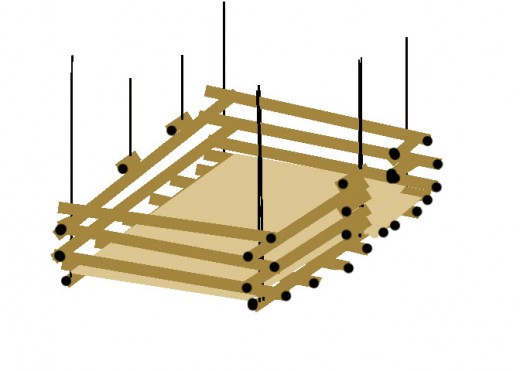
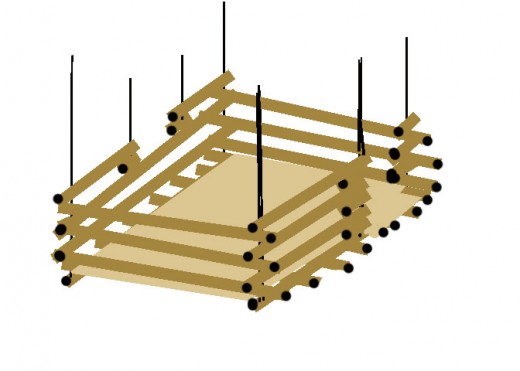
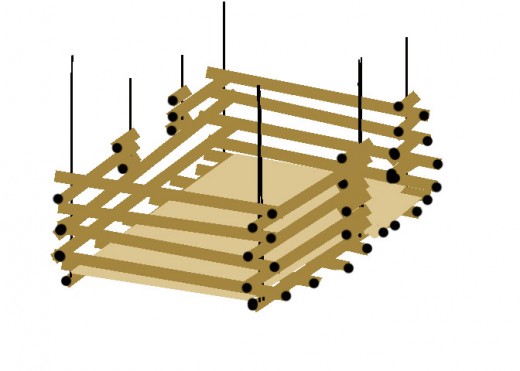
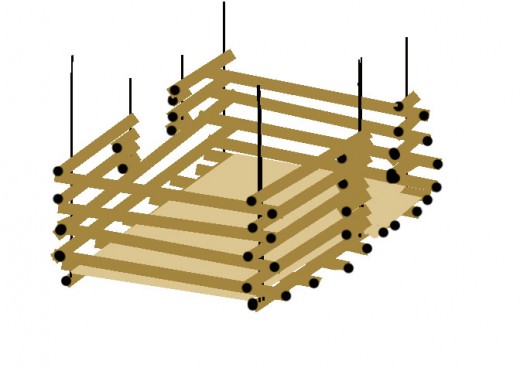
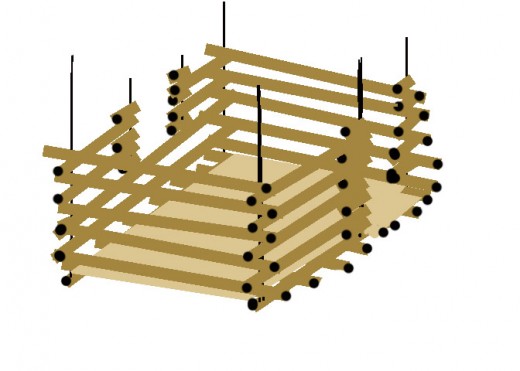
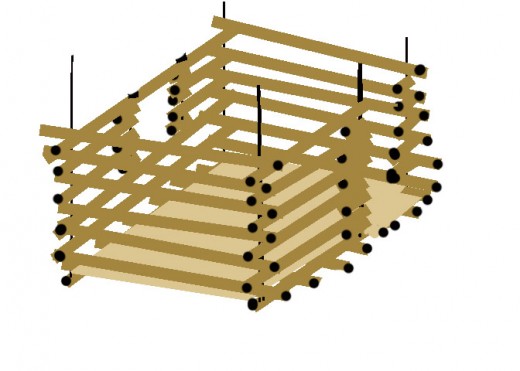
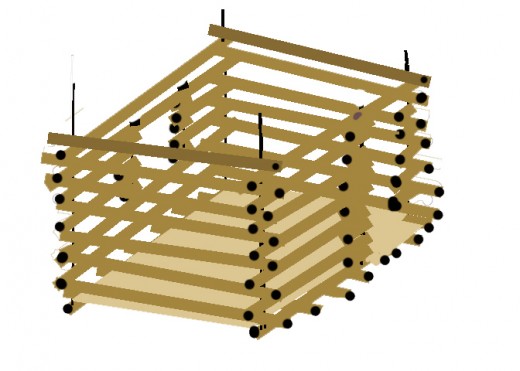
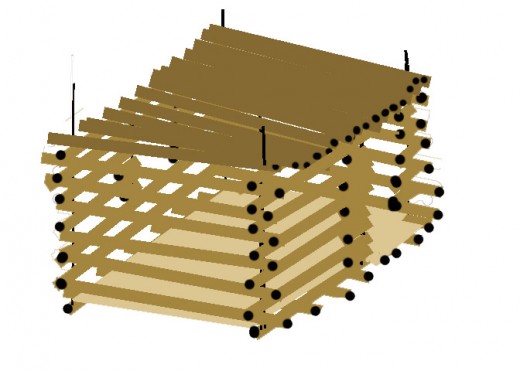
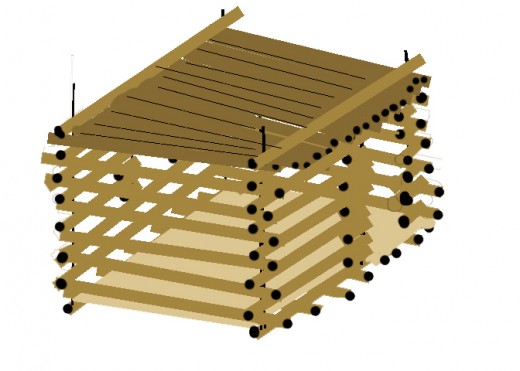
Notes on Construction
I built one of these for our day care center in Keene almost by myself. My 12 year old helped me a little. It's really not a lot of heavy lifting. The cabin passed our day care licensing inspection at the time. Since then, they've found harmful chemicals in some pressure treated lumber so you could have trouble if you're building this for a public facility. These timbers were not pressure treated - I got them cheap and used a non toxic water seal to protect them.
Most landscape timbers use non-toxic treatments these days so if you buy new timbers you should be fine. You may want to check what they are treated with. You can often find landscape timbers pretty cheap. I use 65 timbers I got for $2 each untreated. I build this fortress like playhouse that stood up to 25 ADD kids at a time for 7 years and may still be standing for all I know.
Before you start, get a power sander and sand the surface of all the timbers. Use wood filler to fill in gaps and cracks where splinters might form.
It's a fairly straight forward process, stacking the logs. If you've ever stacked Lincoln Logs or dominoes, you understand the principle. Watch the slideshow to get a better idea of how this thing stacks up.
The only thing not shown in the pictures is at the top of the cap timbers. You need to drill a hole wide enough to recess the washer and nut you use to tighten the rod down on the timber stack. Cut off the rod close to the nut, then use a socket to crank the nut down into the recess and pull the rod tight. Once you've got it tight, cut off the rod level with the top of the timber. I found some plastic caps to put over the hole and filed the rough edges off the top of the rod. I did the same thing around the window frame.
If you want to put benches or shelves in the playhouse, just lay a plank through the gaps and screw it into place at either end.
Maintenance is easy. Just spray it down with a non-toxic water seal every couple of years. The kids will not be able to knock it down. Be sure and put a crash surface like deep sand or pea gravel around the cabin. The kids WILL climb on it.
The beauty of this beastie is that the gaps allow you to see what is going on in the cabin at all times. Cuts down on the juvenile experimentation significantly. At least they won't be doing any of that sort of pioneering in the log cabin.
To dress it up, you can hang curtains on the windows and a simple door in the door frame. I actually put two windows in the one I built, but only show one in this diagram for simplicity sake. Adding another is simply a matter of doing on a side wall what I did on the back wall.
Save yourself some money and catch a seasonal sale on landscape timbers. Use knew ones though. Some of the older ones were treated with toxic chemicals and little ones may touch the walls and then lick their hands. Newer timbers are safer and landscape timbers work better than 4x4's because they look rounded like logs, but have flat tops and bottoms for ease of stacking.


